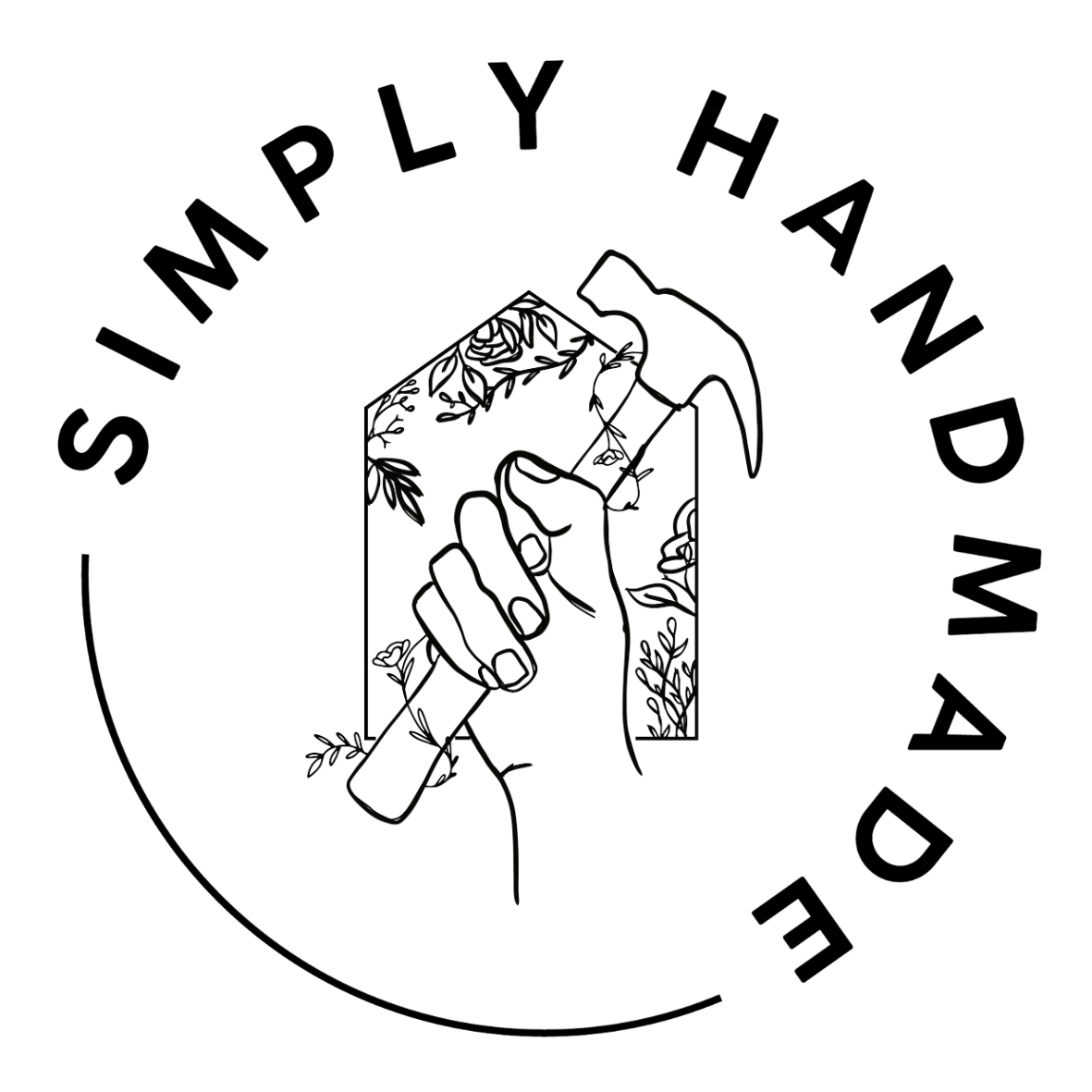Renter-Friendly “Built-In” Bunk Beds (Part 3)
In Part 2, I showed how to build the drawers. It’s so good to have some extra space in a small apartment and I can say the drawers hold what I had in the dresser and chest of drawers combined! Plus, it looks way better. In this post, we will focus on facing the bunks and making the ladder.
As a reminder, I have the guide , cut list, and detailed/illustrated how to assemble the bunks for yourself! If you want exact dimensions I used, please consider purchasing the plans for this bunk bed build. You can of course follow along and opt to measure your space and create your own cut list. Please note: the plans are for narrow twin mattresses, not regular twin mattress.
Materials Needed:
2-inch finishing screws
1/2-inch plywood
2x2 pine
3-inch screws
2-inch pocket hole screws
Tools Needed:
Drill (and impact driver if you have one)
Level
Speed Square or Carpenter square
Pencil
Jigsaw
Circular Saw
Table Saw
Kreg Jig Pocket Hole System
Gauge Tool
Step 1: Cutting and prepping the wood
I measured all of the sides where I plan to wrap with plywood. I then roughly cut down the plywood pieces at my local hardware store. The exact measurements I had for the bunk beds are in the PDF.
I had to further prep the wood because there is some trim in the bedroom. I used a gauge tool to get the contour of the trim, and transferred the outline to the plywood and cut it out with a jigsaw.
Step 2: Attaching the Plywood
This entire build is renter-friendly and because of that, it influenced a lot of the decisions made. I opted to use screws instead of brad nails so it’s much easier to remove the wood from the frame. I used tiny finishing screws to attach the plywood to the frame so the holes aren’t as noticeable.
Step 3: Filling in the seams
When all the plywood has been added, I caulked where the wood meets the walls, and wood puttied on seams (wood to wood seams). Be careful not to cover wood screw holes.
Step 4: Add 2x4 support to the front of the bed frame.
I did not like how flimsy the 1/2 inch plywood was on the side, and since there was a significant gap when the mattress was placed inside, I decided to take 2x4, scribe, and cut down to size then screw into the bunk, This allows for a lip that the kids can use to climb in the bunk.
When I was done with the remaining steps, I added edge banding to give the end a clean look.
Step 5: Sand and Remove Sawdust
Once the wood putty is dry, I sanded for several hours. I went from 120 - 180 - 220 grit. I was able to get the plywood as smooth as possible. I have never experienced so much sawdust in the apartment, so I had my wet/dry vac running and kept the windows open (and doors leading to the apartment closed). Once the dust settled, I got a bucket of water and a microfiber cloth and wiped down all surfaces from top to bottom.
Step 6: Add the drawer fronts.
Once the plywood face was on, it gave me a better visual of the drawers and I was able to measure and attach.
I took the opportunity to add the handles to the drawers as well and attached with screws from the inside. I also fastened the base where the drawers were being held to the frames so they would not move when opening the drawers.
Step 7: Making the Ladder
I measured the area where I wanted the ladder to be and cut the 2x2 pine pieces down to size. I had 2 long pieces for the sides and 4 short pieces for the steps.
I measured how far apart the steps should be and attached the short pieces from the side of the longer pieces using 2 wood screws (one would leave a pivot point and have the wood spin when it’s stepped on)
I wood puttied the outside on top of the screws and sanded it smooth once dry. I repeated the steps to make a ladder for the other bunk.
Step 8: Making the Rails
The rails I had were custom. You could definitely do something a bit simpler, but I really loved this look. I clamped the ladder in place then measured and cut 2x2 plywood from the ladder to the inside of the bunk. I added pocket holes to the end of the rail so it would be able to attach to both the bed and ladder.
I cut scrap 1/2 inch plywood down to the same size as the rail and attached it to the main piece using finishing screws from the bottom. You will hear some cracking because the plywood is expanding but this is normal and as long as you go in slow, it will not rip.
I measured some scrap 2x2 dowels and cut them down on the table saw so they can lay flat and seamless on the front of the rails. I screwed it in place from the top of the rails as well as the back.
Once assembled, I added edge banding to the raw edges to give the rails a cleaner look.
After making the ladder and the rails, I attached the rail to both the ladder and the bed using pocket hole screws.
SAVE THIS PIN FOR LATER!





















